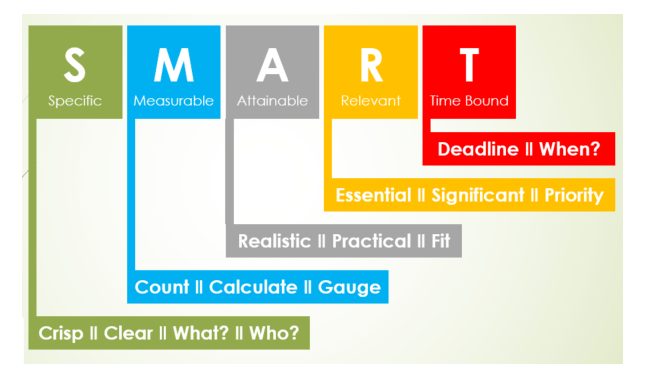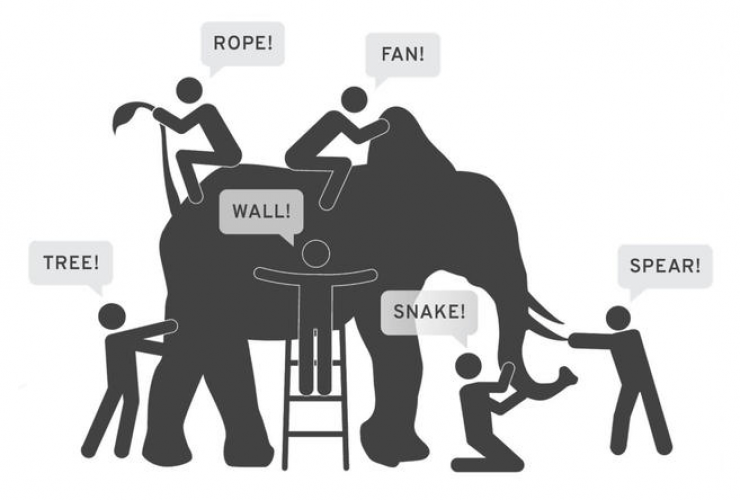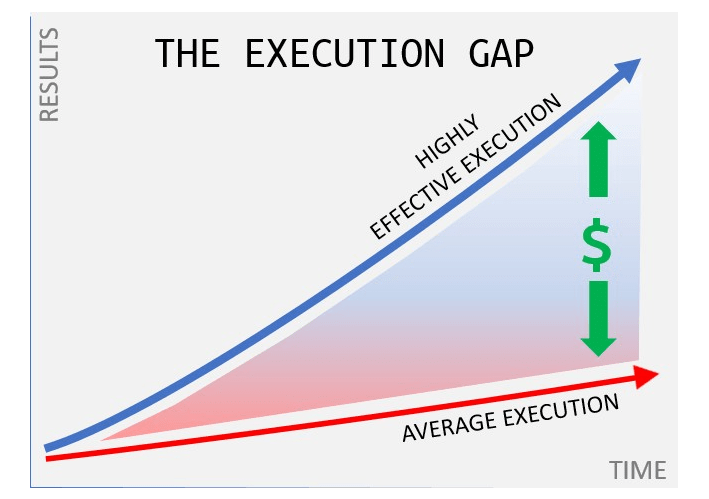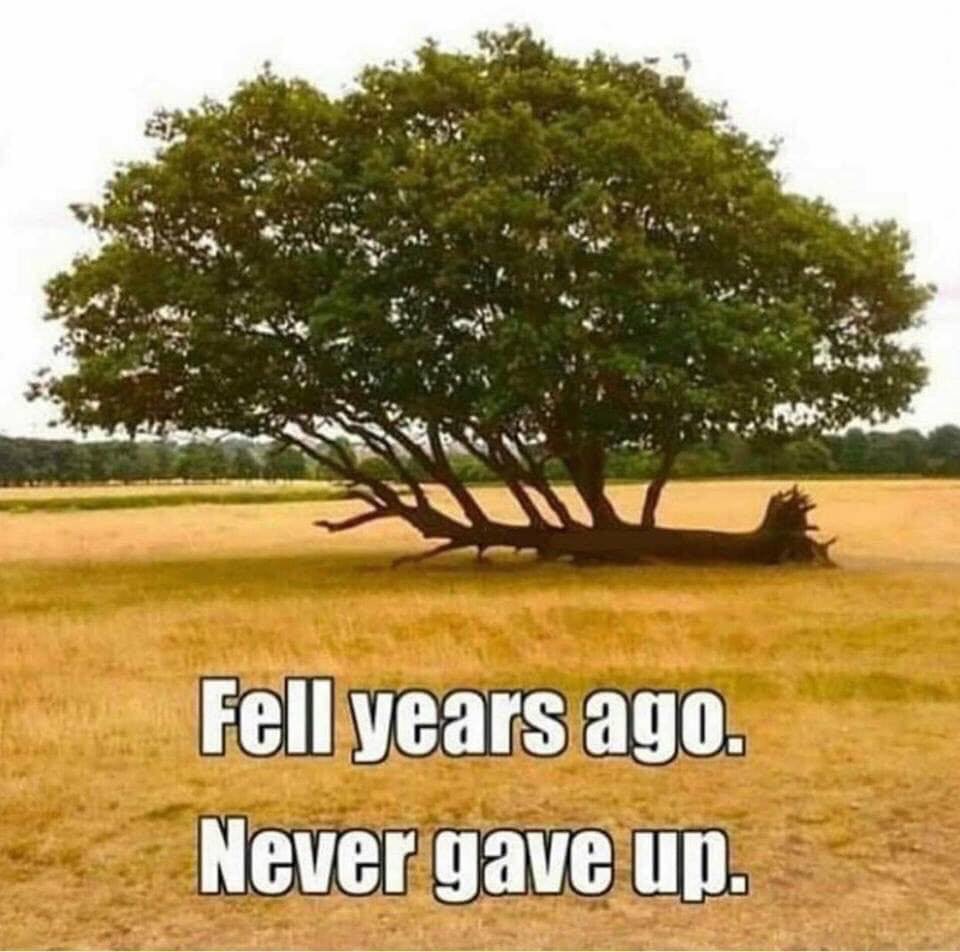How often do you find yourself and your team missing a goal, failing to achieve an objective, jumbling up priorities, or failing to deliver a project on time and spec?
A lot of our professional work involves collaborating with others to get things done. I bet you’ve been in situations where you’ve thought, “Hey, when I set this goal it seemed pretty straightforward. But now, three weeks in, I’m not sure how to proceed, or whether we’ve done enough to accomplish the goal as originally conceived. I wish I had written up a clearer description.”
Clarity Underpins Teamwork
Think about that in the context of working on a team. Or across a larger organization. That challenge actually multiplies.
Now you not only need a clear picture for your own stuff, but you also need to understand everyone else’s stuff well enough to collaborate effectively as a team. And your colleagues also need to similarly understand your stuff.
After all, that’s how you will deliver great results together.
How does this lack of clarity manifest? Here’s a quick example…
You finish reading this post and go back to your email inbox. Your colleague Pat just sent you a note. It simply says “Figured it out!! My new goal is to really improve customer service and make a huge difference.”
That’s it. She seems pretty clear about her goal. But you haven’t the foggiest about specifically what she’s going to do.
You don’t know how Pat will determine whether customer service really improved and if it did, how much improvement is enough.
You don’t know if she can really get it done, given all the other resources, inputs and dependencies her success will depends on.
You don’t know what difference Pat’s success or failure will make in the bigger scheme of things. You don’t know when she’s going to get this work done. Her work could impact some of your own work if it’s completed before or after a certain date or timeframe.
Pat, by the way, is probably having a similar reaction to how you’ve described your priority to her. And so on with everyone else on your team, or department, or organization.
Defining important work more clearly can have a profound effect not only for you but on effective collaboration with your colleagues. And thus, in the end, on results.
Get Smart
There’s a simple and SMART little way to do just that. Yes, you can remember it easily by those same five letters: S-M-A-R-T.

- S is for Specific. Think of it as being crisp and clear about the what and the who.
- M is for Measurable. That’s how you will gauge whether you achieved the desired outcome.
- A is for Attainable. Ask yourself if it is realistic. Practical. Does it fit with everything else on your plate? Do you have all the ingredients you need to be successful?
- R is for Relevant. Is it essential and significant now? This is to make sure it is a true priority compared to other things you could focus on.
- T is for Time bound. What is the deadline by when you will have this done?
Now I’ll quickly share some questions you should ask to help you write these SMART descriptions. I’ll also show you one simple example of how to transform a non-SMART description into a SMART one.
S is for Specific
Some questions to consider that will make your SMART description more Specific are…
- What is the business objective?
- What problem(s) will you solve?
- What is the intended impact? Or outcome?
- Who owns the work?
- Who are the principal stakeholders involved?
Not every question is appropriate in every situation. This list is to get you started in the right direction. Here’s a simple example of how you can make a non-specific description more specific.
Non-SMART Description: Staff will be better trained to improve customer service.
More Specific: Develop and implement a training program for customer-facing team members so they can achieve target client service performance standards.
M is for Measurable
Some questions to consider that will make your SMART description more Measurable are…
- How will success be measured?
- How will progress be measured? Milestones are also important.
- What will be the most effective unit of measurement?
- Is the unit of measurement quantitative, qualitative, or both?
- Here’s how you can make our work example more measurable.
Non-SMART Description: Staff will be better trained to improve customer service.
More Measurable: Develop and implement a training program for customer-facing team members and ensure >50% of the team is fully trained and key customer-service performance metrics are 20% higher than comparable prior Quarter results.
A is for Attainable
Some questions to consider that will make your SMART description more Attainable are…
Can this be accomplished as envisioned?
Do we have enough bandwidth to get it done?
Do we have the right resources to get it done?
Have we set a realistic time frame?
Will it conflict with other priorities in the same time frame?
Making a description more attainable often involves a careful consideration of all the inputs and dependencies.
When the work to be undertaken is deemed unattainable, the reasons will usually fall into two bucket.
- Bucket #1: Now is the wrong time frame for this work.
- Bucket #2: Some other work, generally a prerequisite, needs to be completed first, before this work can be undertaken.
The illustration below falls into Bucket #2 above.
- Non-SMART Description: Staff will be better trained to improve customer service.
- More Achievable: Let’s presume that in this situation adequate resources are not yet available to achieve the above outcome.
As a result, an alternate priority needs to be created. Something along the lines of… By , hire and onboard a Training Manager and initiate the development of Standard Operation Procedures (SOPs) for all core customer service processes.
R is for Relevant
Some questions to consider that will make your SMART description more Relevant are…
- Why is this work important? Is the anticipated “So What” of this work compelling?
- Why is this essential to take on now?
- What is the opportunity cost relative to other competing priorities?
Here’s how you can make the description more relevant.
- Non-SMART Description: Staff will be better trained to improve customer service.
- More Relevant: Improve customer service and retention by developing and implementing a training program for customer-facing team members and ensuring >50% of the team is fully trained and key customer-service performance metrics are 20% higher than comparable prior Quarter results.
T is for Time Bound
Some questions to consider that will make your SMART description more Time Bound are…
- What is the optimal time frame for this work?
- What date will the work conclude?
- When will key milestones occur along the way?
- Are there timeline dependencies that haven’t been considered yet?
Here’s how you can make our example more time bound.
- Non-SMART Description: Staff will be better trained to improve customer service.
- More Time Bound: By , improve customer service and retention by developing and implementing a training program for customer-facing team members and ensuring >50% of the team is fully trained and key customer-service performance metrics are 20% higher than comparable prior Quarter results.
There you have it. Specific. Measurable. Attainable, or Achievable. Relevant. And Time bound.
S-M-A-R-T. Memorable. Easy to recall when you need it.








No comment yet, add your voice below!